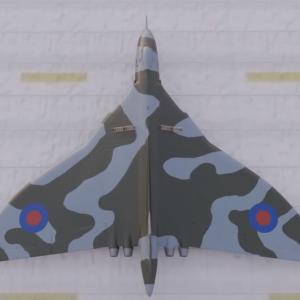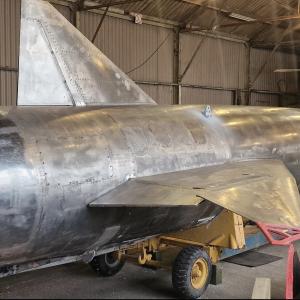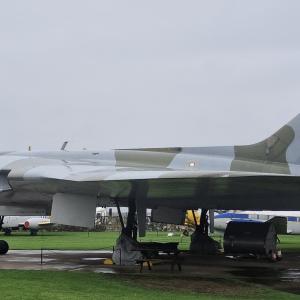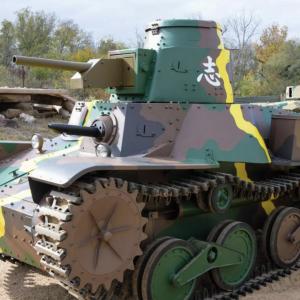
BM-21 Grad Rocket Launcher
The BM-21 Grad is a Soviet-designed 122 mm multiple launch rocket system that has become one of the most widely used artillery systems in modern warfare. It was developed in the late 1950s and entered service with the Soviet Army in 1963. The Grad was designed as a replacement for the earlier BM-14 system, offering increased range, payload capacity, and mobility. The name "Grad" translates to "hail" in Russian, referencing its ability to saturate an area with a hailstorm of rockets.
The design of the system was a collaborative effort among various Soviet defense institutes. The rockets were developed by NII-117, also known as NPO Splav, based in Tula, which remains a prominent Russian developer of artillery rocket systems. The launcher mechanism and integration with the truck chassis were managed by SKB-203, later known as NPP Start. The system was mounted on a Ural-375D 6×6 truck chassis, a robust off-road vehicle powered by a V8 gasoline engine. In later years, the chassis was upgraded to the diesel-powered Ural-4320 for improved fuel efficiency and reliability.
The BM-21 features 40 launch tubes arranged in four rows of ten. It fires 122 mm unguided rockets, which are spin-stabilized and capable of delivering high-explosive fragmentation warheads, incendiary payloads, or even chemical munitions in older variants. The standard rocket has a range of about 20 kilometers, though modernized versions can reach distances of 30 to 40 kilometers. A full salvo of 40 rockets can be launched in as little as 20 seconds, enabling rapid saturation of a target area. Firing can be executed from within the vehicle’s cab or remotely using a control cable.
The system is operated by a three-person crew and is designed for quick deployment and withdrawal. After firing, the launcher can relocate within minutes to avoid counter-battery fire. Reloading the launcher is a manual process and typically takes about ten minutes, often with assistance from a support vehicle carrying additional rockets.
Over the decades, numerous countries have produced variants of the BM-21 or licensed similar systems, including Poland, Romania, China, and Czechoslovakia. These variants often include upgrades such as digital fire control systems, GPS-based navigation, and compatibility with modern rocket types. Despite these advancements, the original BM-21 design remains in widespread use due to its simplicity, reliability, and low operational cost.
Iraq became a significant user of the BM-21 during the latter half of the 20th century. The Iraqi military acquired the system during the 1970s and 1980s, when the country maintained close military ties with the Soviet Union and other Warsaw Pact nations. During the Iran-Iraq War (1980–1988), BM-21s were extensively used by Iraqi forces for battlefield interdiction and suppression. The launchers played a major role in breaking up Iranian massed infantry attacks, delivering area saturation fire across frontlines and supply routes.
The system was again used during the Gulf War in 1991 and remained in service through the 2003 Iraq War. After the fall of Saddam Hussein’s regime, many BM-21 systems remained in the country, falling into the hands of both the newly formed Iraqi Army and various insurgent and militia groups. The proliferation of the system among non-state actors, including terrorist organizations, was due in part to the abundance of launchers and ammunition left over from previous decades of conflict.
During the rise of ISIS in 2014, BM-21 Grad systems were once again deployed by Iraqi government forces and Kurdish Peshmerga units. They were used to provide heavy fire support in open desert battles and to disrupt enemy defensive lines. The high mobility and volume of fire made the Grad effective for quickly delivering firepower and then relocating before being targeted by return fire. ISIS itself also captured and used several BM-21 systems, though with less tactical precision.
Currently, the Iraqi Army is estimated to have around 300 BM-21 launchers in its inventory. Some have been modernized with new navigation systems and diesel engines, while others remain in their original Cold War configurations. Despite the development of newer multiple launch rocket systems, the BM-21 Grad continues to serve as a core component of Iraq’s artillery forces, valued for its simplicity, ruggedness, and sheer destructive capacity.










